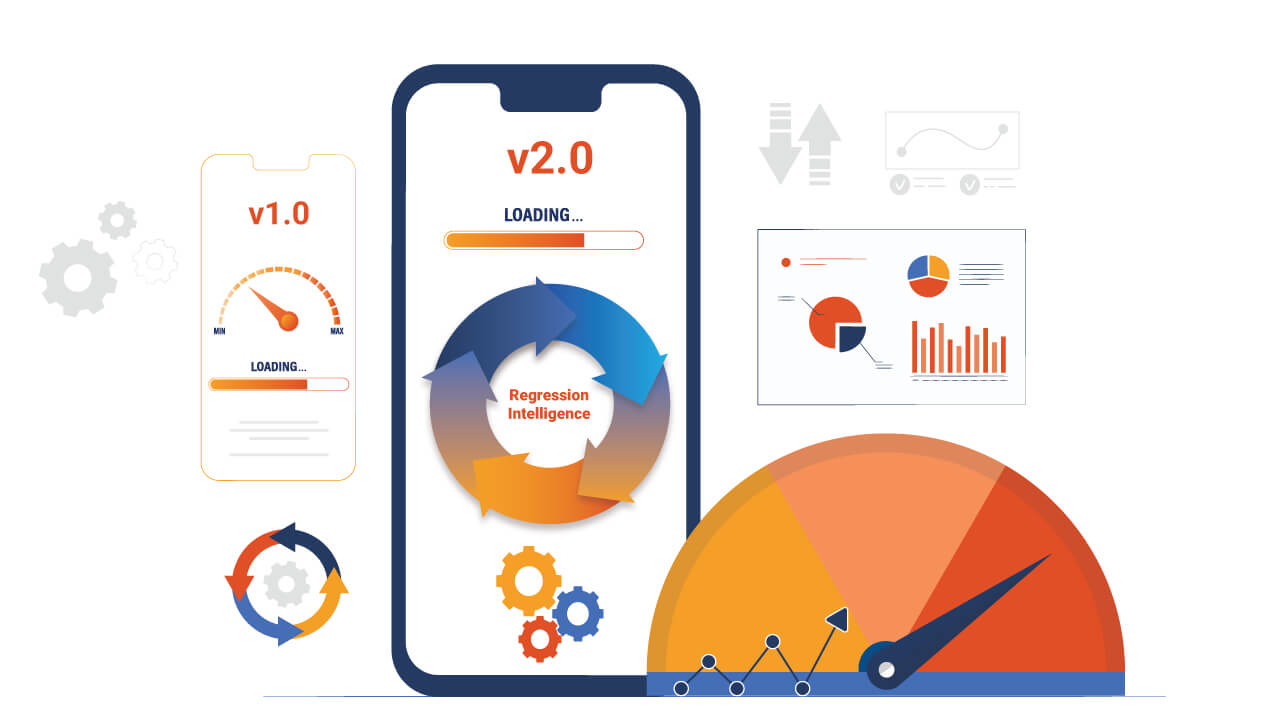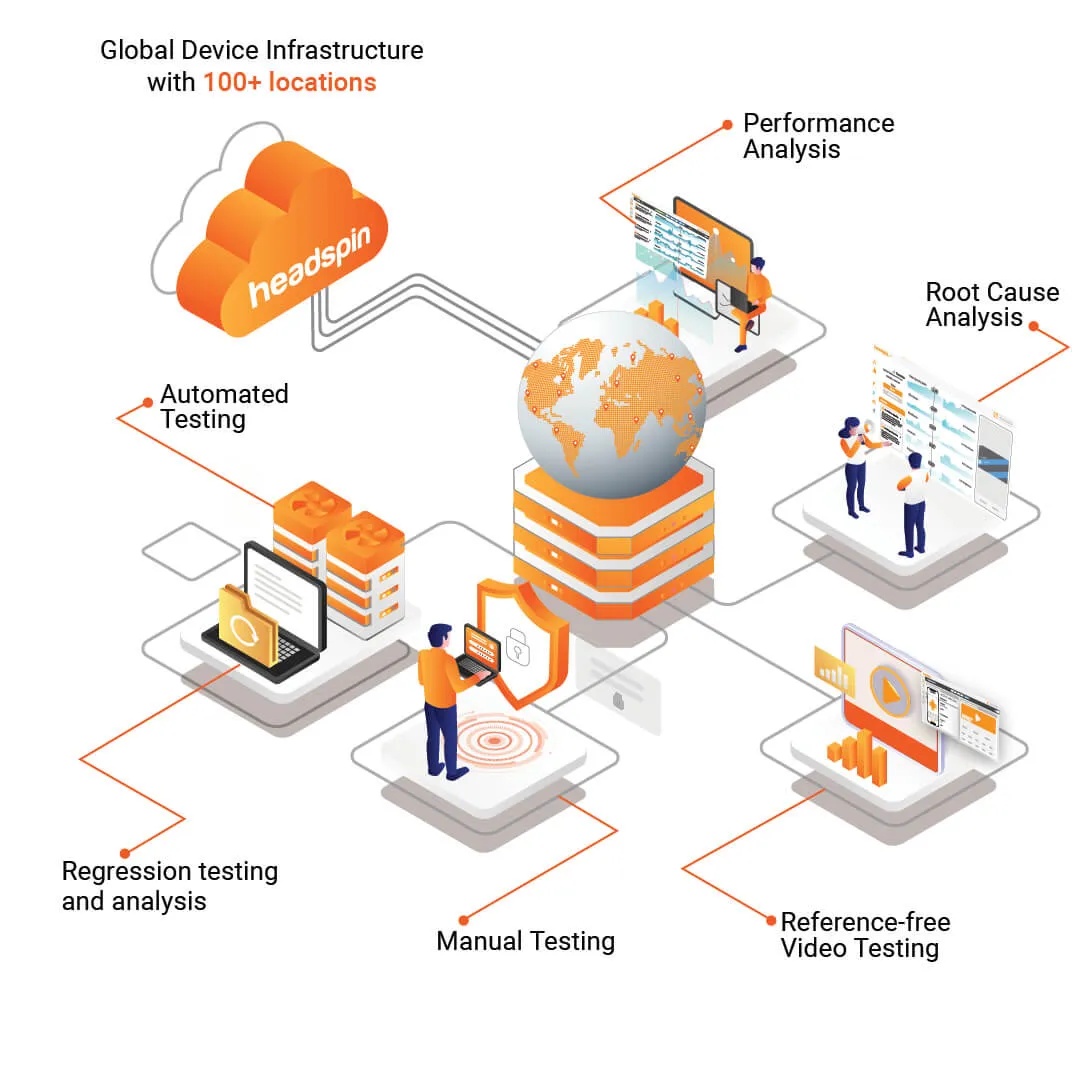Your customers expect their banking app to work perfectly on any device and in any location. Minor inconsistencies, such as layout errors, truncated text, or failed authentication, can break trust and frustrate users. These problems often arise from the wide variety of devices, operating systems, and network conditions that your users rely upon.
The best way to manage these issues is to test each flow and feature on a wide variety of real devices across different locations and network conditions.
In this blog post, let us explore the challenges posed by device and location fragmentation and how a robust testing strategy can help address them.
Key Issues Created by Device and Location Fragmentation
- Different Screen Sizes Create Data Display Issues: Transaction summaries, fee details, or account balances may render inconsistently across devices due to differences in screen size, resolution, or orientation. These inconsistencies can cause content to be cut off, misaligned, or truncated, confusing users, leading to misinterpretations of their accounts, and potentially resulting in disputes or unnecessary support requests.
- Biometric Authentication Challenges Due to Different Hardware Configurations: Variations in device hardware, drivers, OS versions, and security settings can cause fingerprint or face authentication failures. These failures can lock users out, interrupt transactions, and create confusion or frustration when accessing critical banking functions.
- Multiple Networks Cause Transaction Reliability Challenges: Variations in network conditions, including signal strength, latency, bandwidth, or coverage on 3G, 4G, 5G, or Wi-Fi, can cause timeouts, incomplete payments, failed transfers, or even issues with OTP verification and other network-dependent features, impacting customer trust and app reliability.
- Location Issues Cause Region-Specific Issues: Incorrectly identifying a user’s location can display region-restricted products to ineligible users or block legitimate access. This can lead to service denials or regulatory violations, affecting user trust and potentially resulting in legal or compliance issues.
How Testing With HeadSpin Solves These Problems

Run tests across real devices
The issue caused by differences in screen sizes, operating systems, and browsers can be addressed only by testing your banking app on a wide array of real devices. That is precisely what HeadSpin does.
With HeadSpin, teams gain access to real devices running both Android and iOS across 50+ global locations. Thus, allowing them to test UI and functional flows across various screen sizes, browsers, and operating systems, thereby identifying issues before they affect users.
Validate biometrics on real hardware configurations
HeadSpin’s biometric SDK tests for fingerprint, face, and PIN fallback flows across different device models and OS versions, ensuring authentication remains reliable despite hardware or driver variations.
For banking apps, this helps verify that users can securely log in and authorize transactions on any supported device without authentication failures or fallback errors.
Testing on real network conditions
HeadSpin enables QA teams to test on real SIM-enabled devices across different regions, allowing them to evaluate app performance under varying network conditions, including 2G, 3G, 4G, 5G, and Wi-Fi. These capabilities extend to testing SIM-specific functions such as call setup and forwarding, roaming networks, OTP delivery, and voice calls, and more.
Teams can easily switch between multiple SIMs directly from the UI, without the hassle of physical swapping, to test across diverse connectivity scenarios such as low signal strength, fluctuating bandwidth, roaming networks, or region-specific carrier performance.
Test eligibility and product display rules
With HeadSpin, QA teams can select specific test locations and validate how the app enforces region-based eligibility and product availability. These tests help ensure that financial products, such as loans, cards, or investment options, are displayed only to users who meet local regulatory or policy criteria. This helps prevent incorrect product visibility, compliance violations, and user confusion in different regions.
Conclusion
Device and location fragmentation will continue to challenge how banking apps perform across different users and regions. For financial institutions, the way forward lies in proactive, continuous testing that reflects real user conditions. A testing strategy built around real devices and networks helps maintain app reliability, protect compliance, and preserve customer trust in every interaction.
Start testing your financial app across real devices and geographies today. Connect With HeadSpin Experts!
Frequently Asked Questions
Q1. Why is fragmentation a bigger risk for BFSI apps?
Ans: In banking apps, minor display issues or network outages can block transactions, disrupt authentication, or misrepresent financial data. Such errors directly impact compliance and user trust, making fragmentation far riskier than in other sectors.
Q2. Why is testing BFSI apps on real devices necessary?
Ans: Only real devices reveal how a banking app performs with actual hardware, sensors, and networks. This level of accuracy is essential for validating secure logins, payments, and other sensitive user actions.



























.png)




















-1280X720-Final-2.jpg)






